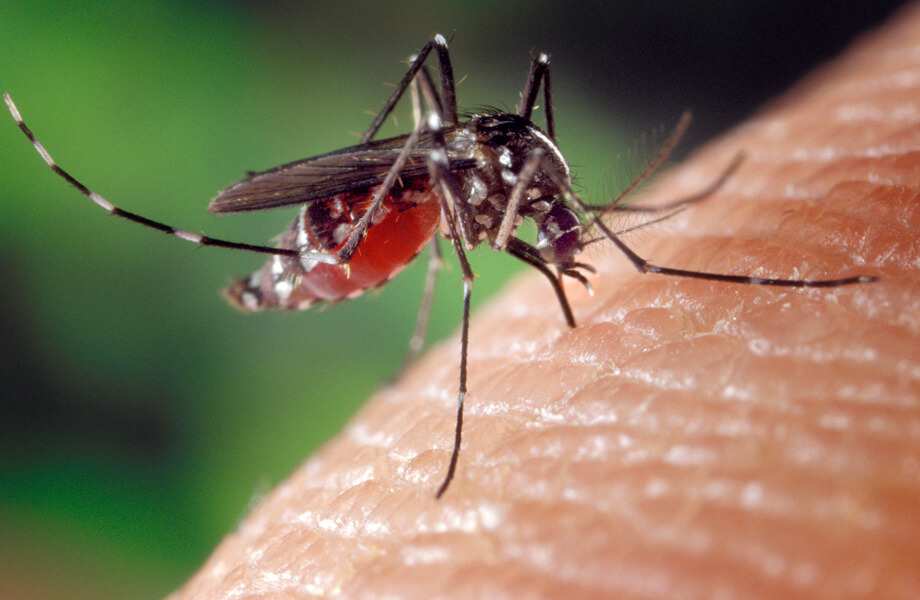Pandemics — disease outbreaks of global reach — have visited humanity many times. Here are examples. (Read main article here.)

CREDIT: EVERETT COLLECTION / SHUTTERSTOCK
1889-90: Russian flu Though it was dubbed a flu, some scientists think this pandemic, which emerged in Russia and spread through the world to kill 1 million people, may have been caused by a coronavirus. The virus might have jumped to people from cows; a common-cold coronavirus called OC43 may be its gentler descendant.

CREDIT: NATIONAL LIBRARY OF MEDICINE
1918-20: Spanish flu (H1N1) This severe influenza A pandemic killed an estimated 50 million people worldwide, including — unusually — many aged 20 to 40. Scientists have studied the responsible strain, extracted from frozen graves, to understand its origins and lethality. H1N1 descendants still circulate as a seasonal flu.

CREDIT: DUKE UNIVERSITY LIBRARIES DIGITAL COLLECTION
1957-58: Asian flu (H2N2) This influenza A virus emerged in East Asia. It was novel to human immune systems due to several new genes that had come from flu strains circulating in birds. The estimated death toll was 1.1 million globally and 116,000 in the US.

CREDIT: CDC / W.H. EWING
1961-present: Seventh cholera pandemic Caused by the bacterium Vibrio cholerae, this diarrheal disease has triggered seven pandemics since 1817. The seventh — which began in Indonesia, reached Africa in the 1970s and the Americas in the 1990s — is still with us today, each year sickening 1.3 million to 4 million and killing 21,000 to 143,000.

CREDIT: BETTMANN / GETTY IMAGES
1968-70: Hong Kong flu (H3N2) This influenza A virus mixed and matched a new “H” protein from flu strains in birds with the “N” protein of the Asian flu. It killed about 1 million worldwide and 100,000 in the US. The H3N2 virus still circulates seasonally, but has slowly mutated over time.

CREDIT: WELLCOME LIBRARY / WIKIMEDIA COMMONS
1981-present: AIDS HIV likely jumped from chimps to humans decades before the deadly immune-deficiency disease emerged with a vengeance in the early 1980s. It has killed more than 30 million people worldwide. Medicines now manage the disease; there is no vaccine.

CREDIT: CDC / C.D. HUMPHREY AND T.G. KSIAZEK
2003: SARS This coronavirus, which caused respiratory disease, probably originated in bats. It spread to more than two dozen countries, sickening over 8,000 people and killing almost 800 before it was contained.

CREDIT: NIAID
2012 -present: MERS The respiratory illness is caused by the coronavirus MERS-CoV. It was first reported in Saudi Arabia and has killed more than 850 people since then. It likely originated in bats and jumped to dromedary camels, the source of human infections. Unlike the Covid-19 virus, it does not transmit easily from person to person.

CREDIT: CLAUDIA WIENS / ALAMY STOCK PHOTO
2009-10: Swine flu (H1N1) A version of H1N1 flu with a novel combination of genes, it killed as many as 575,000 people worldwide in its first year. Unusually, most of the victims were under age 65, probably because older people had immunity from earlier exposure to similar viruses. Despite the initial name, the virus did not pass to humans from pigs. It still circulates in the human population today.

CREDIT: NIAID
2014-16: Ebola The severe disease is transmitted from wild animals such as fruit bats, its natural hosts. Contact with fluids and tissues of infected people spreads it to others. The virus was identified after 1970s outbreaks near rainforests in Central Africa; the 2014-2016 outbreak in West Africa was the deadliest ever, killing 11,310 people among the 28,616 recorded cases.

CREDIT: CDC GLOBAL / FLICKR
2015-16: Zika Spread by mosquitos, the virus was discovered in Ugandan forests in 1947. It usually causes mild illness in those bitten but can lead to rare cases of paralysis and devastating brain defects in fetuses. A large outbreak began in 2015 in Brazil and spread through the Americas; recorded human cases date back to 1952.

CREDIT: NIAID
2019-20: Covid-19 Like SARS and MERS, this is caused by a coronavirus, dubbed SARS-CoV-2. But this one got away from us, perhaps due to traits such as its ability to spread from people with mild or no symptoms. As of mid-July, 2020, there have been more than 13 million confirmed cases and closing in on 600,000 deaths worldwide.




